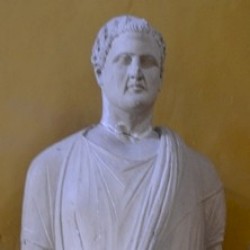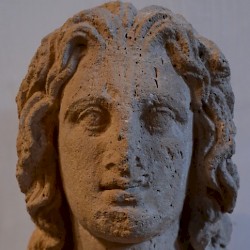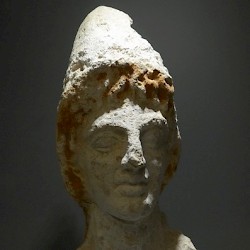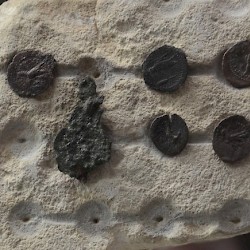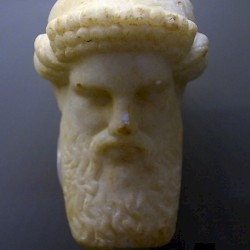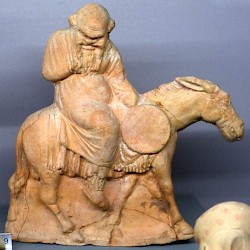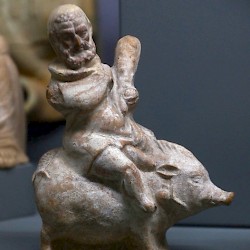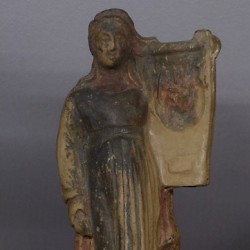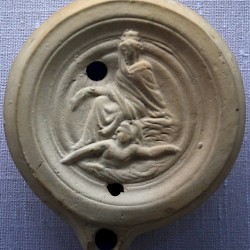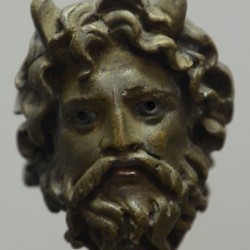Hellenistic Cyprus
Q2333703Cyprus (Greek Κύπρος): large island in the eastern Mediterranean, colonized by Phoenicians and Greeks.
Hellenistic Cyprus
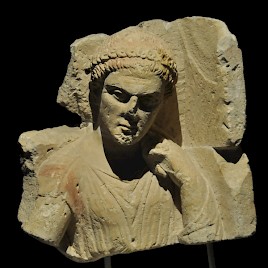
In the Late Archaic Age, Cyprus had been influenced by Egyptian civilization. In the fifth century, we can discern eastern elements in Cypriote art, and in the fourth century, Greek influences become more prominent. After Alexander the Great had invaded the Achaemenid Empire in 334 BCE and had defeated the Persian king Darius III Codomannus at Issus (333 BCE), the Cypriotes sided with the Macedonian king, with whom they shared Greek culture. In 332, Cypriote ships took part in the siege of Tyre.

After Alexander's death in 323 BCE, Cyprus was one of the battlegrounds among the Successors. First occupied by Ptolemy, the satrap of Egypt, it was attacked by his rivals Antigonus I the One-Eyed and his son Demetrius I Poliorcetes, who in 306 laid siege to Ptolemy's garrison in Salamis. When Ptolemy arrived with a fleet to lift the blockade, he was soundly defeated, and his troops were forced to surrender to Demetrius. The importance of Cyprus can be deduced from the fact that Antigonus and Demetrius immediately proclaimed themselves kings.note
It was only after the Battle of Ipsus (in 301 BCE) that Cyprus was returned to Ptolemy. The island was to remain an important part of the Ptolemaic Empire. The local kings, who had dominated Cypriote history for centuries, now disappeared and the proceeds of the exploitation of Cypriote copper, wood, and wine went to the Egyptian treasury. It is interesting to note that in the second and first centuries, Cyprus was considered important enough for conflicts between Ptolemy VI Philometor and his brother Ptolemy VIII Physcon and between Ptolemy IX Soter and his brother Ptolemy X Alexander.

The Ptolemies put garrisons in every city (and founded new cities) and placed them under one governor, who was at the same time the supreme military commander and highest religious authority. At first, his residence was Salamis in the east, but later, he moved to New Paphos. The last inscriptions in Cyprus' own script were made in this age. The island had become completely hellenized.
The last ruler of independent was a brother of Ptolemy XII Auletes, Ptolemy of Cyprus. In 58 BCE, he committed suicide, leaving the island to the Romans. He was buried in one of the so-called "royal tombs" of Paphos.
